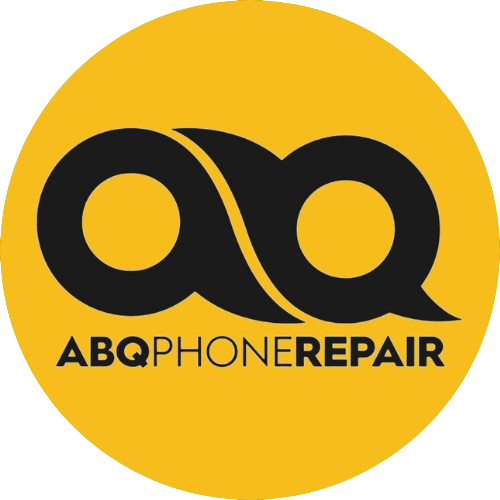Apple released its first iPhone with a wireless charging feature in 2017 with iPhone 8 and 8 Plus. With the previous versions, Apple hadn’t had that feature with any other iPhones. To come with that feature, Apple needed non-conductive Materials such as plastic, rubber, wood, or glass, which will let the “Eddy Current” pass through. Earlier models had a metal frame that would not tolerate it. Apple needed to decide amongst these options, and considering retailing and styling reasons too, they ended up with this premium feeling iPhone back glass.
There are a few reasons why Apple decided to use back glass on the iPhone.
First, glass is stronger than plastic and less likely to shatter. This is important because the back of the iPhone is one of the most vulnerable parts of the phone – it’s where you’ll set it down, drop it, and bump into things.
Second, glass looks more premium than plastic. When you hold an iPhone with a back glass, it feels more luxurious than one with a back plastic.
Lastly, the back glass allows for wireless charging. Wireless charging is a feature that is becoming increasingly popular, and Apple wanted to make sure that their phones were compatible with this technology.
While there are some benefits to back glass, there are also some drawbacks. One of these is that glass is more prone to scratches than plastic. Another is that if the back glass shatters, Professional iPhone Backglass Replacement Services can be very difficult and expensive to replace.
Overall, back glass offers some advantages over back plastic, but it’s not without its drawbacks. We hope this article has helped you better understand why your iPhone has a back glass. If you have any further questions, please don’t hesitate to reach out to us!






